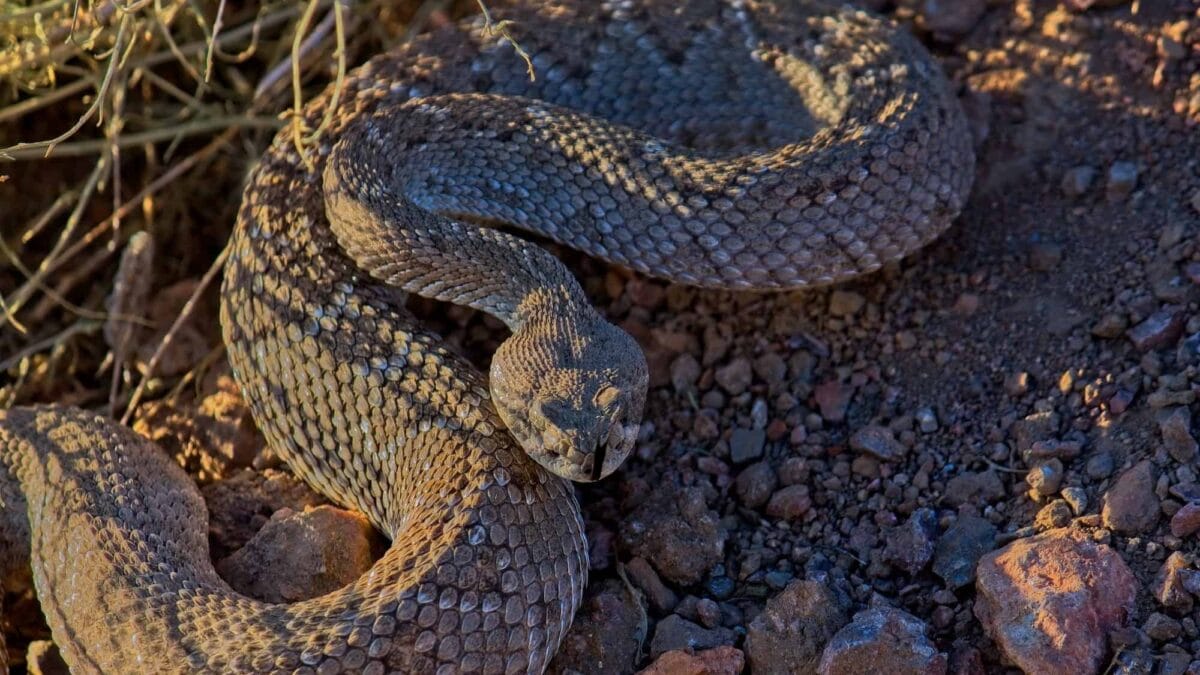As temperatures rise and fall across the United States, snake activity patterns shift dramatically throughout the seasons. Understanding when snakes are most active isn’t just fascinating ecological knowledge—it’s practical information that can help hikers, gardeners, pet owners, and homeowners better navigate their environments. With over 50 species of venomous snakes and many more non-venomous varieties spread across diverse American ecosystems, knowing seasonal activity patterns can reduce unwanted encounters and promote safer coexistence with these important reptiles.
Snake activity is primarily driven by temperature, as these cold-blooded creatures rely on external heat sources to regulate their body temperature and metabolic functions. While specific patterns vary by species and region, there are general seasonal trends that apply across most of the United States. This article explores when snakes are most active throughout the year, what environmental factors influence their behavior, and how activity patterns differ among various snake species and regions.
Spring Emergence: The Beginning of Snake Season

For most snake species across the United States, activity begins in spring as temperatures consistently rise above 60°F (15.5°C). After spending winter in brumation—a hibernation-like state of dormancy—snakes emerge from their winter dens, typically between March and May, depending on the region. Southern states often see snake activity beginning as early as February, while northern regions might not see significant snake movement until late April or early May.
This spring emergence is a critical period in a snake’s annual cycle. After months of inactivity and depleted energy reserves, snakes prioritize basking to raise their body temperature and jumpstart their metabolism. Many species also begin seeking mates during this period, which increases movement and visibility. Eastern diamondbacks, timber rattlesnakes, and other pit vipers commonly engage in spring breeding activity, while some colubrid species like rat snakes and garter snakes may be particularly visible as they search for food to replenish lost energy stores.
Peak Summer Activity: When Snakes Are Most Visible
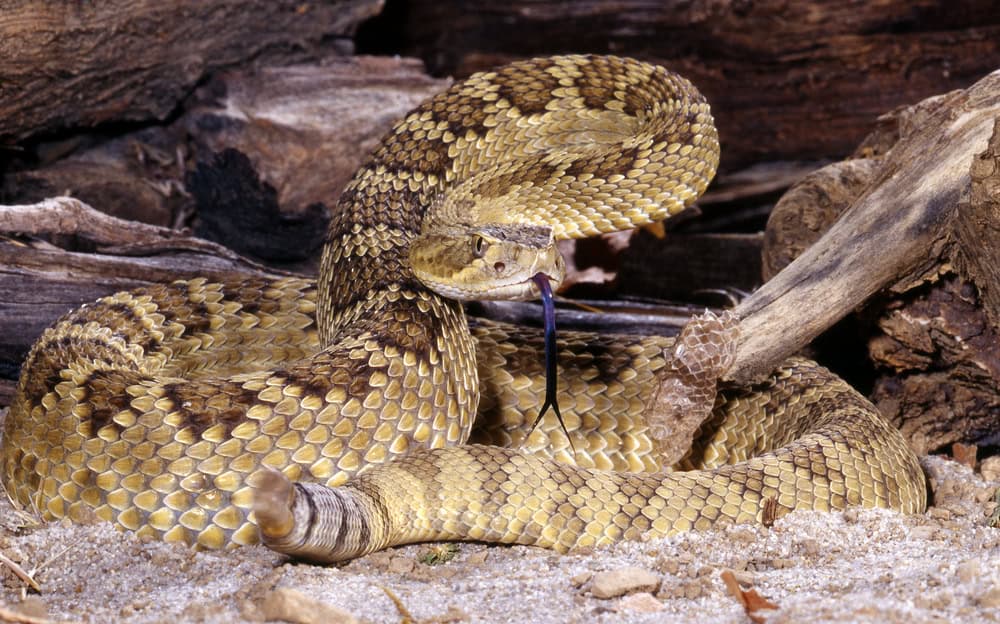
Summer represents the period of highest overall snake activity across the United States, particularly from late May through early August. During these months, consistent warm temperatures allow snakes to maintain optimal body temperature for hunting, digestion, and reproduction without excessive basking. However, when summer temperatures rise above 90°F (32°C), many snake species modify their behavior to avoid overheating, becoming more crepuscular (active at dawn and dusk) rather than diurnal (active during daylight).
In the hottest regions such as the Southwest and parts of the Southeast, snakes may become primarily nocturnal during midsummer heat waves. Species like western diamondbacks, Mojave rattlesnakes, and sidewinders commonly hunt during cooler nighttime hours in desert environments. Meanwhile, in more temperate regions like the Midwest and Northeast, snakes like fox snakes, milk snakes, and northern water snakes remain active throughout the day, though they may seek shade during the hottest afternoon hours. This summer period typically represents the time of year when humans are most likely to encounter snakes while outdoors.
Regional Variations in Snake Activity
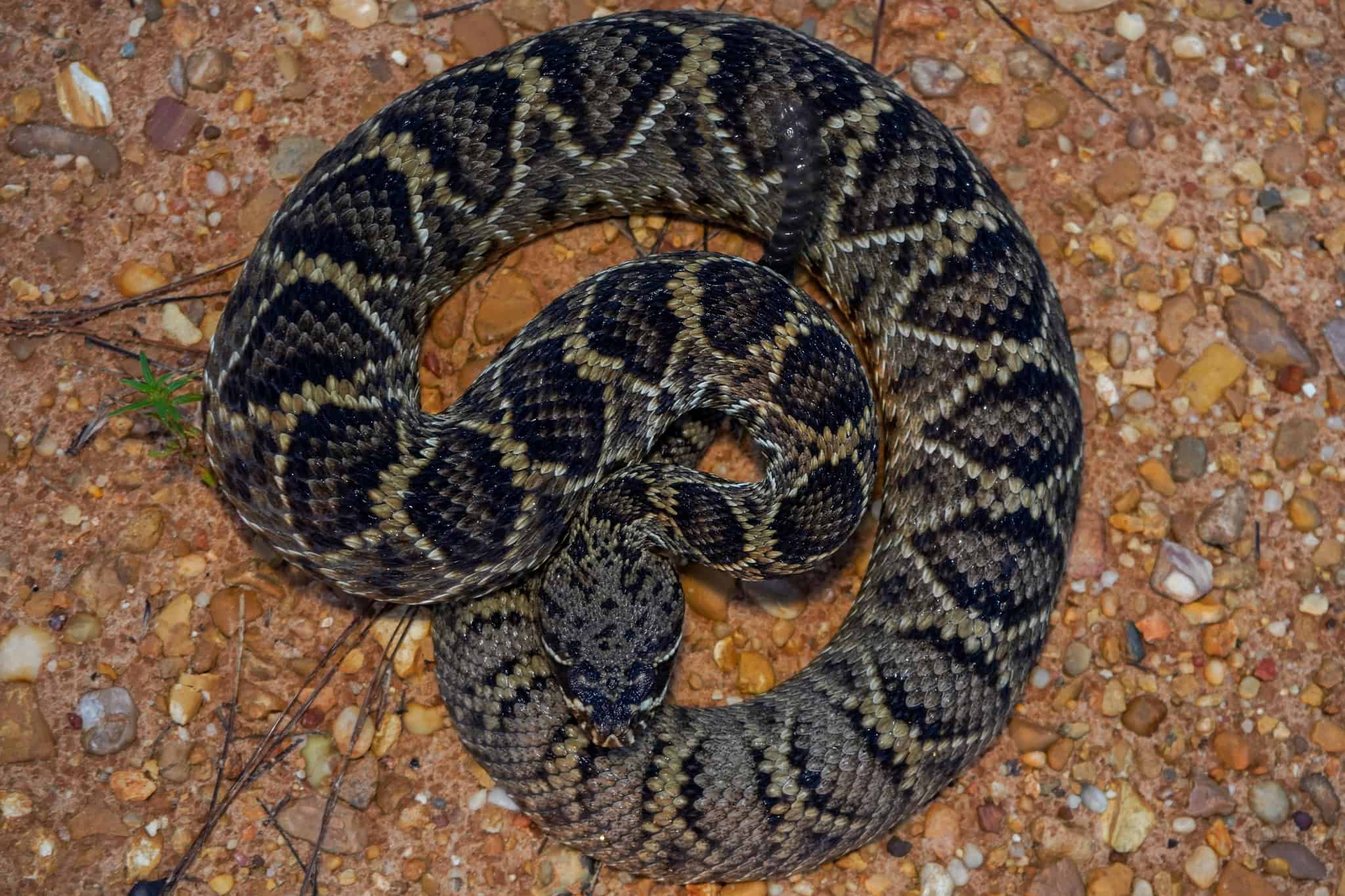
Snake activity patterns vary significantly across the diverse climate zones of the United States. In southern states like Florida, Texas, and Arizona, snakes may remain active year-round, with only brief periods of reduced activity during the coolest winter weeks. Florida’s subtropical climate allows species like eastern diamondbacks, cottonmouths, and corn snakes to maintain some level of activity even in January and February, particularly during warm spells.
By contrast, northern states experience much more pronounced seasonal snake activity. In Minnesota, Michigan, and Maine, snake activity is highly concentrated between May and September, with virtually no snake sightings during the winter months. Mountain regions present another variation, with higher elevations experiencing compressed activity seasons. For example, timber rattlesnakes in Appalachian highlands might only be active from late May through early September, while their lowland counterparts enjoy a longer active season. Pacific Northwest species like western rattlesnakes and gopher snakes typically become active in April but may remain active into November during mild years.
Fall Transition: Preparing for Winter

As summer transitions to fall, snake activity patterns shift once again. September through early November represents a second period of high snake visibility across much of the United States. During this time, snakes focus on consuming enough food to build fat reserves for winter brumation. Pregnant females of many viviparous species (those bearing live young) give birth during late summer and early fall, which can lead to increased sightings of both adult females and newborn snakes.
Fall also triggers migration behavior in many snake species as they move toward winter denning sites. Timber rattlesnakes, for instance, may travel several miles from summer hunting grounds to traditional communal hibernacula in rocky hillsides or deep crevices. This migratory behavior can lead to unexpected snake encounters in areas where they might not typically be seen during summer months. Additionally, cooling temperatures often cause snakes to seek out warm, sun-exposed areas like roads, driveways, and south-facing rocky outcrops, potentially increasing human-snake interactions.
Winter Dormancy: When Snakes Disappear

Winter represents the period of lowest snake activity across most of the United States. As temperatures consistently drop below 60°F (15.5°C), snakes enter brumation—a state of dormancy characterized by drastically reduced metabolism, heart rate, and respiratory function. During brumation, snakes shelter in protected locations that won’t freeze, such as deep rock crevices, abandoned mammal burrows, hollow logs, or even human structures like foundations and basements. In northern states, brumation may last from November through March or even April.
Not all snake species brumate equally, however. Some species like timber rattlesnakes and eastern massasaugas enter deep brumation and remain completely inactive for months. Others, like some garter snake species, may enter a lighter state of dormancy that allows them to become temporarily active during winter warm spells. In the southernmost regions of Florida, Texas, and southern Arizona, many snake species may not brumate at all during mild winters, instead remaining opportunistically active year-round, though at reduced levels compared to summer months.
Daily Activity Patterns During Active Seasons
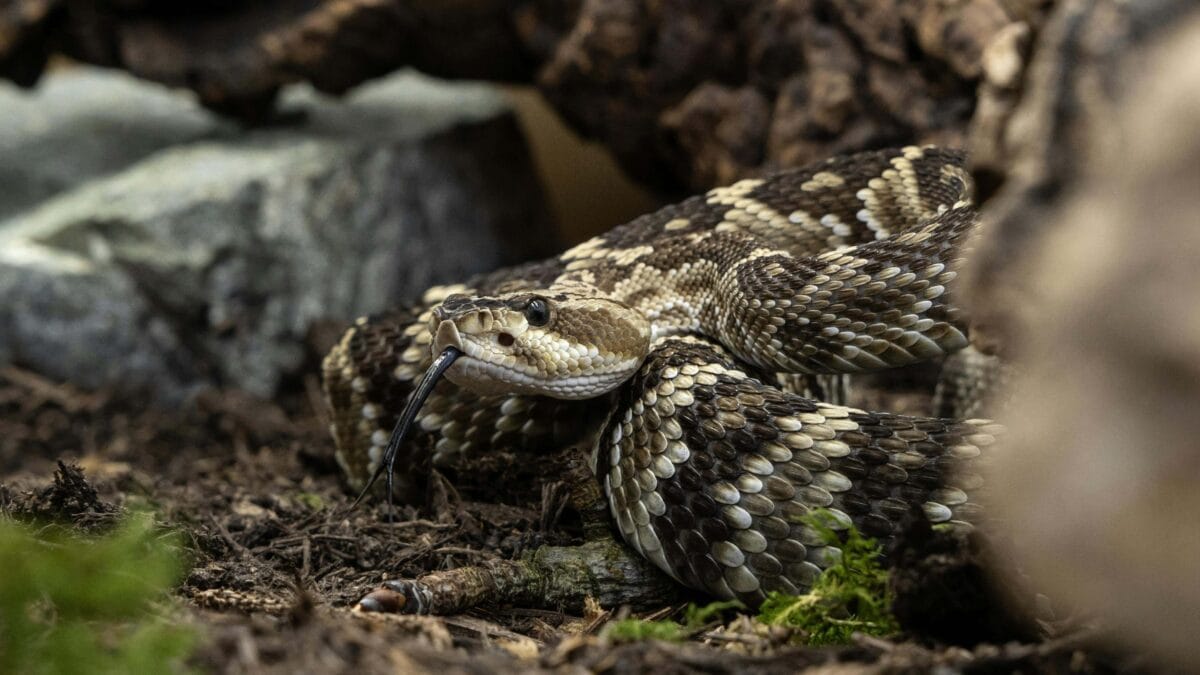
Even during their most active seasons, snakes follow specific daily patterns that maximize their energy efficiency while maintaining optimal body temperatures. During spring and fall, when ambient temperatures are moderate, many snake species are primarily diurnal (day-active), often basking in morning sun to raise their body temperature before hunting or traveling. Species like garter snakes, racers, and many rat snakes commonly follow this pattern in temperate regions.
As summer progresses and temperatures rise, many species shift toward crepuscular (dawn/dusk) or nocturnal activity, especially in hotter climates. Rattlesnakes in the Southwest, for example, may hunt exclusively at night during July and August when daytime temperatures regularly exceed 100°F (38°C). Water-dwelling species like cottonmouths and water snakes often remain active during daylight hours but may retreat to water to thermoregulate during extreme heat. Understanding these daily activity windows can help outdoor enthusiasts plan activities during times when snake encounters are less likely, particularly in regions with venomous species.
Venomous Snake Species and Their Active Periods
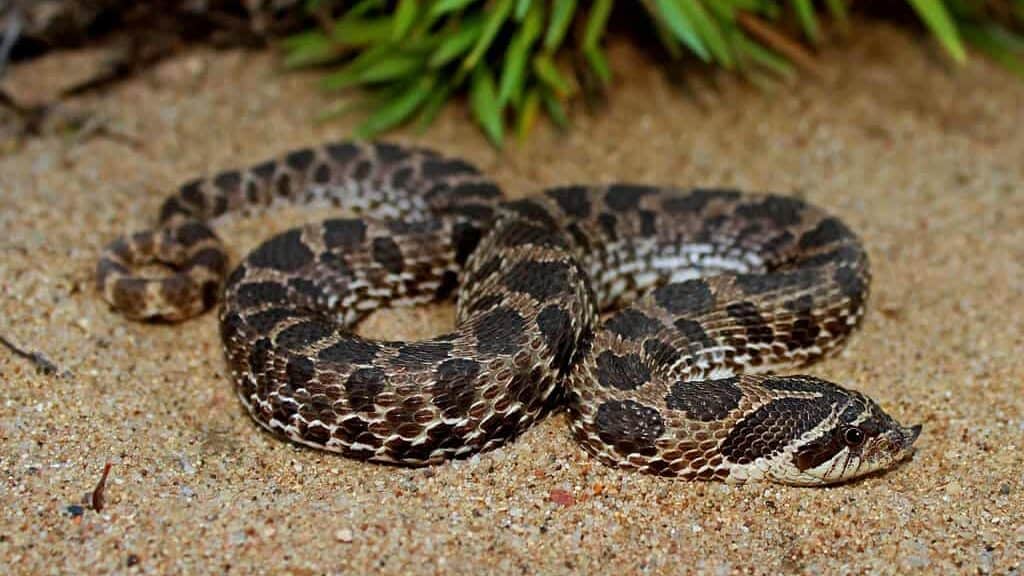
The United States is home to four main groups of venomous snakes: rattlesnakes, cottonmouths, copperheads, and coral snakes. These species exhibit somewhat different activity patterns. Rattlesnakes (genus Crotalus and Sistrurus), found across most of the continental US, are generally most active from April through October, with peak activity in June and July in northern regions, and more extended activity in southern states. During summer heat, many rattlesnake species become primarily nocturnal hunters.
Cottonmouths and copperheads (genus Agkistrodon) inhabit the eastern and southern United States and display strong seasonal activity patterns. Copperheads are often bimodally active, with peaks in late spring and early fall, and reduced midsummer activity in the hottest regions of their range. Coral snakes (genus Micrurus), limited to the southern states, are largely fossorial (burrowing) and nocturnal throughout their active season, making them less frequently encountered despite being active from March through November in their core range. For safety reasons, outdoor activities in areas with venomous snakes are often better scheduled during winter months when snake activity is minimal.
Weather Influences on Snake Activity

Beyond seasonal patterns, daily and weekly weather conditions significantly impact snake activity levels. Ambient temperature is the primary factor—most snake species become active when air temperatures reach 60-80°F (15-27°C), with activity peaking at temperatures between 75-90°F (24-32°C) depending on the species. During their active season, a sudden cold snap can cause snakes to temporarily retreat to shelter until temperatures rise again, while extended heat waves may suppress daytime activity in favor of nocturnal movement.
Precipitation also strongly influences activity patterns. Many snake species become more active during and immediately after rainfall, especially in arid regions where precipitation events trigger activity in their prey species. Conversely, heavy or prolonged rain may temporarily reduce snake activity as they seek shelter. Barometric pressure changes preceding storms have been observed to increase movement in some species, possibly as they relocate to safer sheltering positions. These weather-related activity fluctuations mean that even during peak snake season, day-to-day encounter likelihood can vary significantly based on local weather conditions.
Breeding Seasons and Increased Activity

Breeding behavior significantly increases snake movement and visibility during specific seasonal windows. For many North American snake species, mating activity occurs primarily during spring (April-May) shortly after emergence from winter brumation. During this period, male snakes may travel considerable distances in search of receptive females, often becoming less cautious and more visible in the process. Some species, particularly certain rat snakes, kingsnakes, and some pit vipers, engage in male combat rituals during breeding season, which can make them more conspicuous.
A second period of increased visibility occurs in late summer and early fall (August-September) when viviparous species (those bearing live young) give birth. Female timber rattlesnakes, copperheads, and other live-bearing species often bask more frequently during gestation to maintain optimal developmental temperatures for their embryos. After giving birth, both female snakes and their numerous offspring may be encountered more frequently as they disperse. Oviparous (egg-laying) species like rat snakes, kingsnakes, and racers typically lay eggs in early summer, with hatchlings emerging in August and September, creating another period of increased snake sightings.
Urban and Suburban Snake Activity Patterns
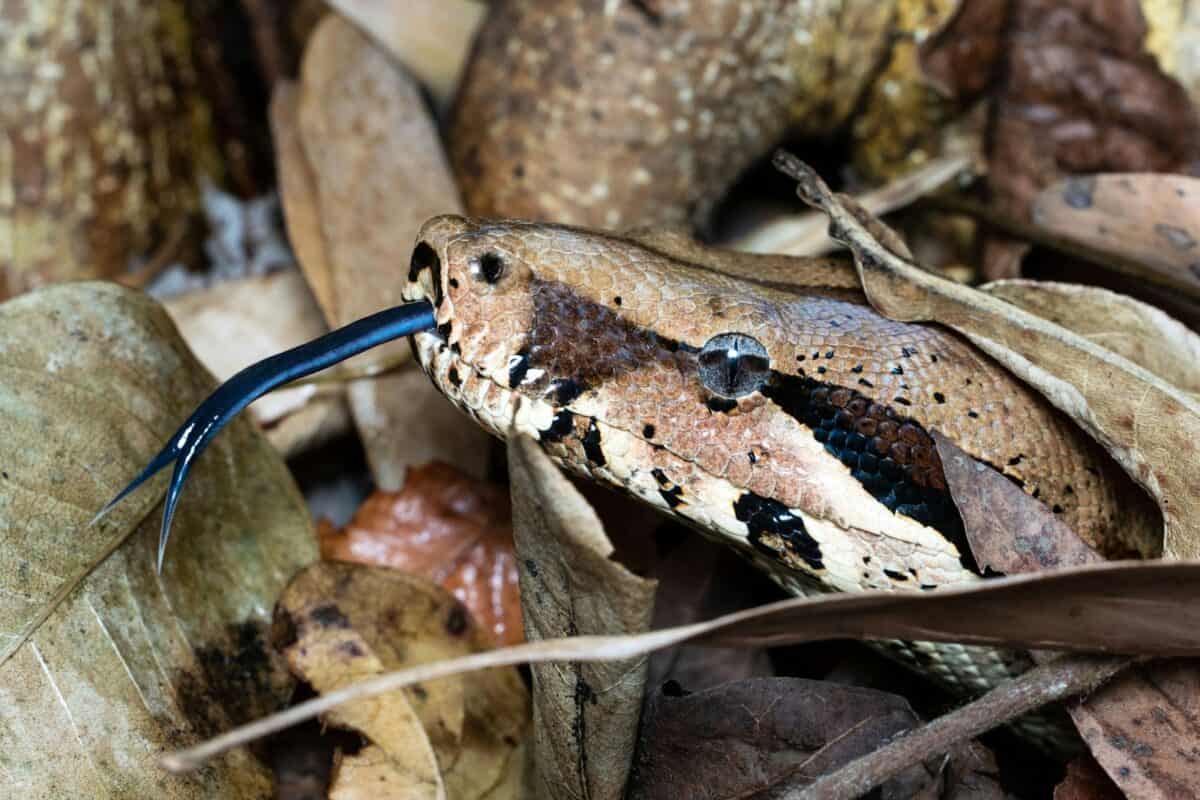
Snake activity in urban and suburban environments often differs from patterns observed in natural habitats. Human-modified landscapes can create heat islands that extend snake activity seasons beyond what would be normal in nearby natural areas. Artificial heat sources like roads, driveways, and building foundations that absorb solar radiation may attract snakes for basking, especially during spring and fall when ambient temperatures are cooler. Ornamental ponds, irrigation systems, and watered lawns can also maintain higher activity levels during dry periods when snakes in natural areas might be less active.
Common urban-adapted species like garter snakes, rat snakes, and in some regions, copperheads, may maintain activity for several weeks longer into fall and emerge earlier in spring compared to their rural counterparts. Artificial lighting can extend the hunting opportunities for some snake species that prey on insects or small rodents attracted to lights. Homeowners in snake-inhabited regions should be particularly vigilant during seasonal transition periods (March-May and September-November) when snakes may seek shelter in or around structures, especially as temperatures begin to drop in autumn and snakes search for suitable overwintering sites.
Preventative Measures During Peak Snake Seasons

During peak snake activity seasons, several preventative measures can reduce the likelihood of unwanted snake encounters around homes and recreational areas. Maintaining a clear yard by removing brush piles, tall grass, and debris eliminates potential snake shelter. Sealing gaps and cracks in foundations, around doors, windows, and utility entry points can prevent snakes from entering structures, especially important in late fall when they seek winter refuge. Regular inspection and maintenance of these areas is most critical in September and October before snakes settle into winter denning sites.
When hiking or spending time outdoors during peak snake seasons (typically May through September), preventative practices include staying on designated trails, wearing closed-toe shoes and long pants, using hiking poles to probe areas ahead of footsteps, and remaining vigilant, especially around rock outcroppings, logs, and shorelines where snakes commonly bask. Morning and evening hours during summer months warrant particular caution in regions with venomous species, as these cooler periods often coincide with increased snake movement. Pet owners should be especially careful during spring and fall transition periods when walking dogs in natural areas, as curious pets may investigate and disturb snakes that are basking or hunting.
Conclusion: Understanding Seasonal Snake Behavior

Snake activity across the United States follows predictable seasonal patterns primarily driven by temperature, though with significant regional variations based on climate, species, and local conditions. Generally, snake encounters are most likely from late spring through early fall (May through September), with peak activity occurring during summer months in most regions. However, these patterns shift earlier in southern states and later in northern regions, with some year-round activity possible in the southernmost parts of the country.
Understanding these seasonal patterns allows for better coexistence with these ecologically important reptiles. By recognizing that snake activity is highest during warm months and lowest during winter, people can adjust their outdoor activities and home maintenance schedules accordingly. This knowledge is particularly valuable for those living in regions with venomous species, where preventative measures are most important during peak activity seasons.
While snakes may inspire fear in many people, they play crucial roles in ecosystem health by controlling rodent populations and serving as prey for many other animals. By learning to recognize when snakes are most active in your region, you can both minimize unwanted encounters and gain a greater appreciation for the natural cycles that govern these fascinating reptiles. With proper awareness of seasonal patterns, humans and snakes can safely share the diverse landscapes of the United States throughout the year.
Remember that regardless of season, maintaining a respectful distance from any snake encountered in the wild is the best practice—both for human safety and for the welfare of these important animals that help maintain healthy, balanced ecosystems across the country.
- What Happens If the Yellowstone Caldera Blows? - August 20, 2025
- This Fish Looks Just Like a Raptor - August 20, 2025
- What Time of Year Snakes Are Most Active in the US? - August 20, 2025

